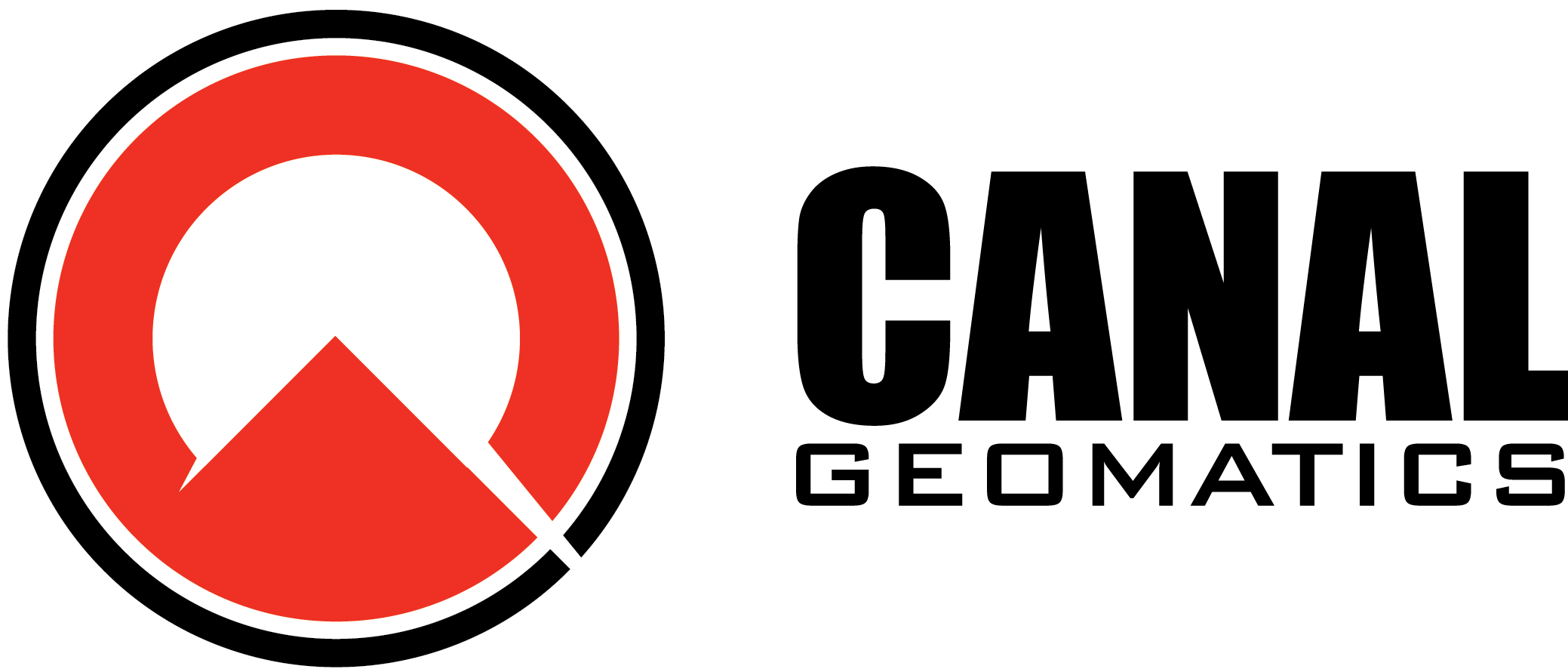What is a Geographic Information System (GIS)?
GIS is a computer system that allows you to capture, manipulate, store, analyze, manage, and display spatial or geographical data.
Linking pure data with geography allows you to understand what belongs where on the Earth and enables you to actually visualize the data on a map rather than trying to make sense of something like a spreadsheet populated with complex data sets. Furthermore, it helps you understand how different things relate to one another by comparing and contrasting their locations.
GIS Applications: The Possibilities are Endless
Fast forward to present day. Modern GIS and its uses for a variety of applications have evolved tremendously. There are many ways in which it can be applied in the real world:
- Scientists can use the technology to compare population growth in a region to a resource like drinking water and electricity
- Farmers can map crop types available in different areas
- Mining companies can target mineral exploration
- Archaeologists can discover ancient civilizations with remote sensing
The primary use for GIS technology is in data mapping. Whether you’re mapping locations, quantities, densities, events occurring in specific areas, or change (to help understand and anticipate changes in the future and the needs stemming from that), GIS is prevalent in a wide array of different industries and markets.
Considerations Regarding Accuracy
Where do inaccuracies come from? Inaccuracies that occur in GIS applications can be blamed on several different sources:
- Age of data – outdated
- Formatting – changes in scale, re-projections, etc.
- Scale – inherent in cartography
- Positional accuracy – less defined positions or boundaries of things like clouds or soil (in some cases)
- Qualitative and quantitative errors – e.g. incorrect labeling
- Topological errors – often happens in the digitizing process
Intentional errors can be introduced into GIS data, such as generalization, which is done to reduce detail when it is not required.
Needless to say, you want to aim for the highest accuracy possible no matter what the application; the more precise, the better. However, certain applications require more robust solutions than others. If your application is safety-critical, achieving a high level of accuracy will likely be one of your primary, if not the top, concerns. For example, using GIS to aid in responding to a wildfire and how to monitor the damage and effects that result from it.
Bear in mind that the more accurate and precise the data, the costlier it will be to acquire it. This is due to the fact that it requires more powerful equipment to capture higher resolution images and more storage capacity to handle greater pixel volume.
High-Quality Solutions for Your GIS Applications
Canal Geomatics offers a variety of different solutions from Hemisphere, Juniper and more to help you get the most out of your GIS application no matter what industry or domain you operate in.
Looking for a Price?
If you can’t find the product you’re looking for, or have a question about any of the products we carry, call us at 1-888-595-5015 and we’ll help you find what you need, including products not listed on our website.
